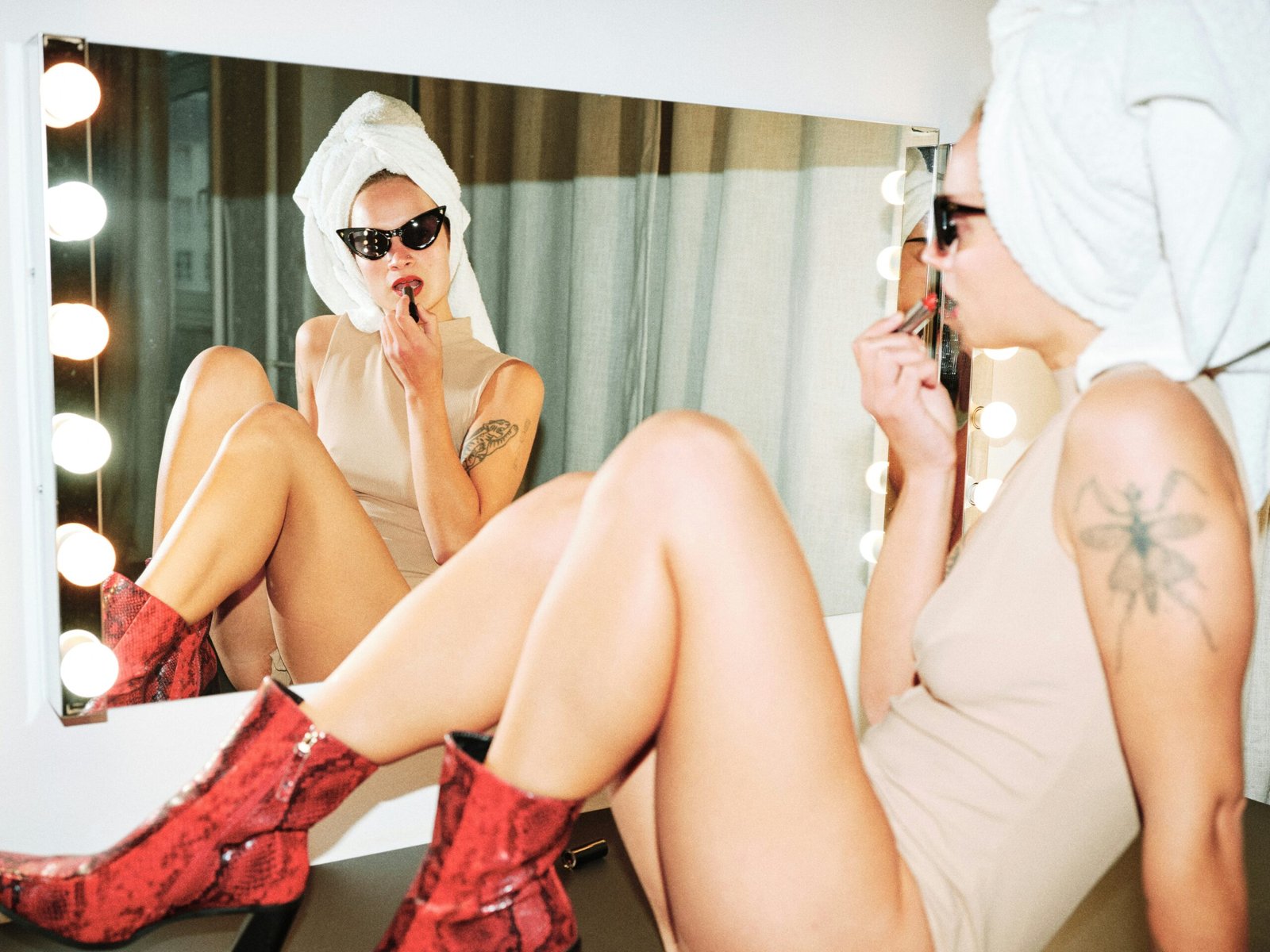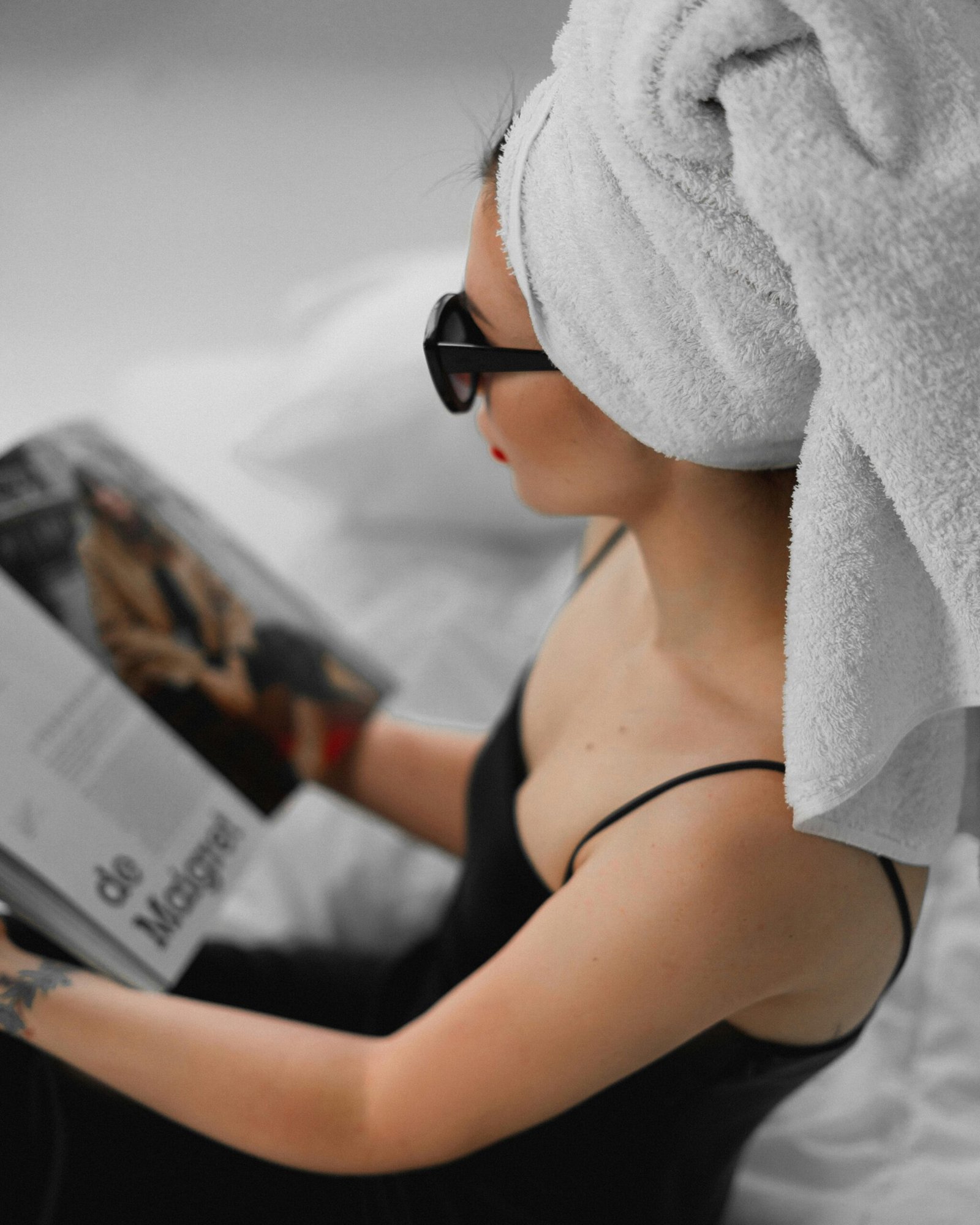September 3, 2025
Chasing The Ideal Self? Here’s The Truth About The ‘That Girl’ Aesthetic Everyone’s Obsessed With
by Riley Rae

What Is “That Girl” Aesthetic, Really?
The “That Girl” aesthetic is the digital-age version of the ideal woman: she wakes up at 5 a.m., drinks green juice, journals with affirmations, does yoga in matching activewear, works on her career goals, eats avocado toast, and always seems effortlessly glowing. It’s a highly curated lifestyle promoted across TikTok, Pinterest, and Instagram—wrapped in soft neutrals, natural lighting, and minimalist wellness routines.
But it’s more than a vibe. It’s become a full-on blueprint for self-worth. It promises that if you follow these routines, you’ll not only look good, but feel good. The catch? For many, it feels less like a motivational tool and more like a silent competition of who can be the most “well.”
Why It’s Trending: A Generation Hungry for Control and Purpose

The “that girl” aesthetic—early mornings, green smoothies, daily journaling—has become a symbol of control, wellness, and self-improvement in a time when many feel overwhelmed and directionless. It encourages healthy routines and intentional living, offering a sense of purpose through structure. But when taken too far, it can blur the line between self-discipline and self-pressure, making rest feel like failure. Still, at its heart, the trend reflects a deeper desire to feel grounded and in charge of your own life—not to look perfect, but to feel aligned.
When ‘That Girl’ Becomes Too Much
At first, trying the “That Girl” routine feels exciting. You wake up early, make to-do lists, and feel on top of things. But quickly, it can become another form of performance. When you miss one morning or forget to journal, you don’t just feel unproductive—you feel like you’ve failed at being her.
The aesthetic implies that if you’re not constantly “glowing up,” you’re falling behind. It romanticizes early mornings, perfect routines, and productivity in a way that’s rarely achievable without sacrifice. It can trigger burnout, anxiety, and toxic comparison—especially for those who are already prone to perfectionism or low self-worth.
Instead of helping you love yourself, it can quietly convince you that you’re never quite enough.
How to Make the “That Girl” Energy Work for You, Not Against You
The aesthetic doesn’t need to be thrown out completely—it just needs to be de-influenced and re-centered. The trick is using its structure for motivation and mental clarity, not for self-judgment.
Let “That Girl” be a muse, not a mirror.
Start by adopting small routines that actually feel good—like drinking water in the morning or making your bed—not because they look aesthetic, but because they give your brain a clean start. Ditch the pressure to wake up at 5 a.m. if your body needs more sleep. Customize the aesthetic to fit your real life, not the other way around.
Replace rigid goals with flexible ones. If journaling feels like a chore, voice-note your thoughts. If green juice isn’t in your budget, a banana and peanut butter still fuel you. “That Girl” isn’t about what your morning looks like—it’s how it feels.
Finally, allow rest to be as romanticized as action. True wellness isn’t what’s posted—it’s what’s felt.